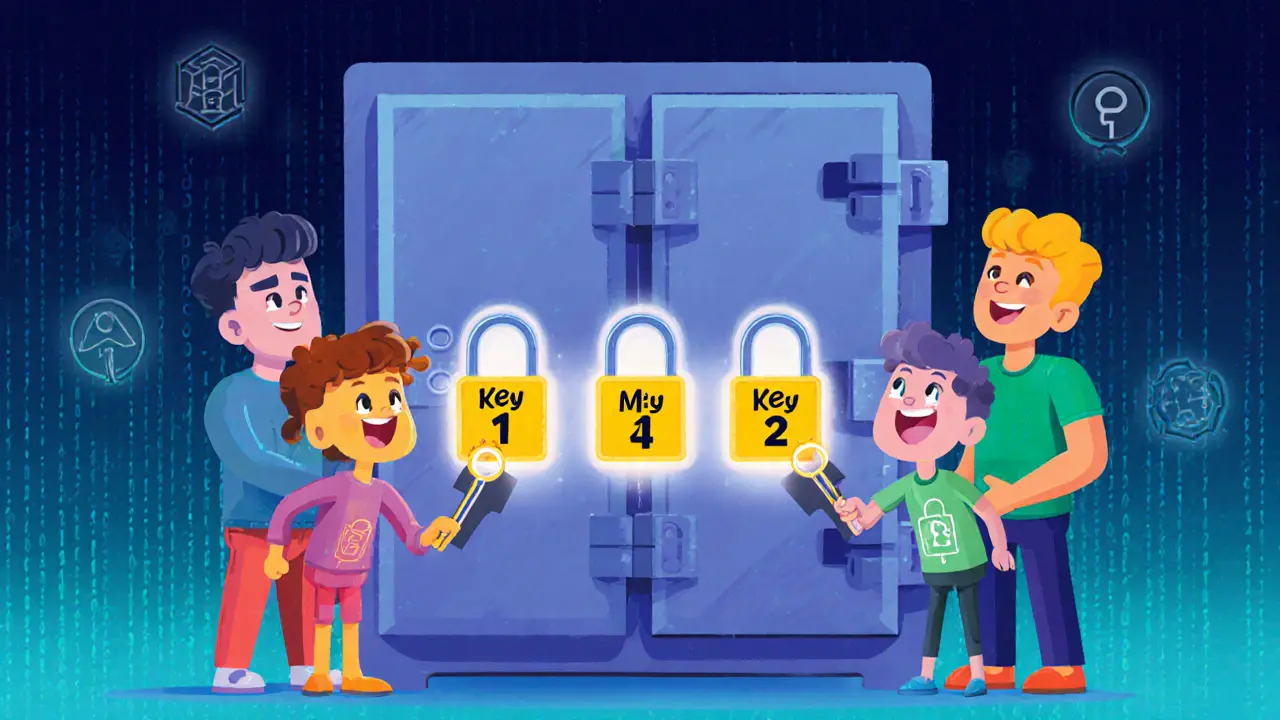Multi-Signature Technology: What It Is and Why It Matters
When working with Multi-Signature Technology, a security method that requires multiple private keys to approve a blockchain transaction. Also known as multi‑sig, it adds a layer of shared control, making it harder for a single attacker to steal funds. The same concept appears in cryptocurrency wallets, where users can set up 2‑of‑3 or 3‑of‑5 signing rules. It also powers smart contracts that lock up assets until a predefined group of participants approves a move. Understanding multi-signature technology is key for anyone handling digital money, whether you’re a solo trader or part of a decentralized organization.
How Multi‑Sig Connects to Wallets, Smart Contracts, and DAO Governance
Multi‑Signature Technology enables shared control of funds (central entity → shared control). In practice, a hardware wallet paired with a mobile app can be one signer, while a cloud‑based key service acts as another. This setup reduces the risk of loss due to a single point of failure. Smart contracts often incorporate multi‑sig to automate escrow: the contract holds the tokens, but releases them only when, say, two out of three designated parties sign off. That relationship (smart contracts → require multi‑sig) makes automated deals safer without trusting a single party. Decentralized Autonomous Organizations (DAOs) rely heavily on this pattern; a DAO’s treasury may need three board members to approve any withdrawal, preventing rogue actions (DAO governance → depends on multi‑sig). By linking these three entities—wallets, contracts, and DAOs—multi‑signature technology builds a web of checks that strengthens the entire crypto ecosystem.
Beyond security, multi‑sig simplifies compliance and auditing. When a corporate treasury uses a 2‑of‑2 rule, every transaction leaves a clear, on‑chain trail of who approved it, satisfying regulators that demand transparency. This is especially relevant for businesses operating in strict jurisdictions, such as the recent Kuwait crypto ban or the evolving Indian tax rules—both topics covered in our other guides. Multi‑sig also supports recovery strategies: if one key is lost, the remaining signers can still move assets, avoiding the nightmare of permanent loss that solo wallets can cause. These practical benefits explain why many exchanges, from JPEX to AUX, integrate multi‑sig into their hot‑cold wallet architecture.
Looking ahead, developers are experimenting with threshold signatures and Schnorr aggregates to make multi‑sig faster and cheaper, especially on high‑throughput chains like Bitcoin's Taproot or Ethereum’s upcoming upgrades. Those advances keep the core idea—multiple approvals for a single action—while trimming the gas cost and simplifying user experience. Whether you’re reading about airdrop claim steps, exchange reviews, or supply‑chain blockchains, you’ll often see multi‑signature technology mentioned as the silent workhorse that keeps the system reliable. Below you’ll find a curated set of articles that dive deeper into each of these angles, from practical wallet setups to advanced smart‑contract patterns.
The Future of Multi-Signature Technology in Blockchain Security
Explore how multi-signature technology secures blockchain assets, its current uses in finance and DAOs, challenges, and upcoming trends shaping its future.





